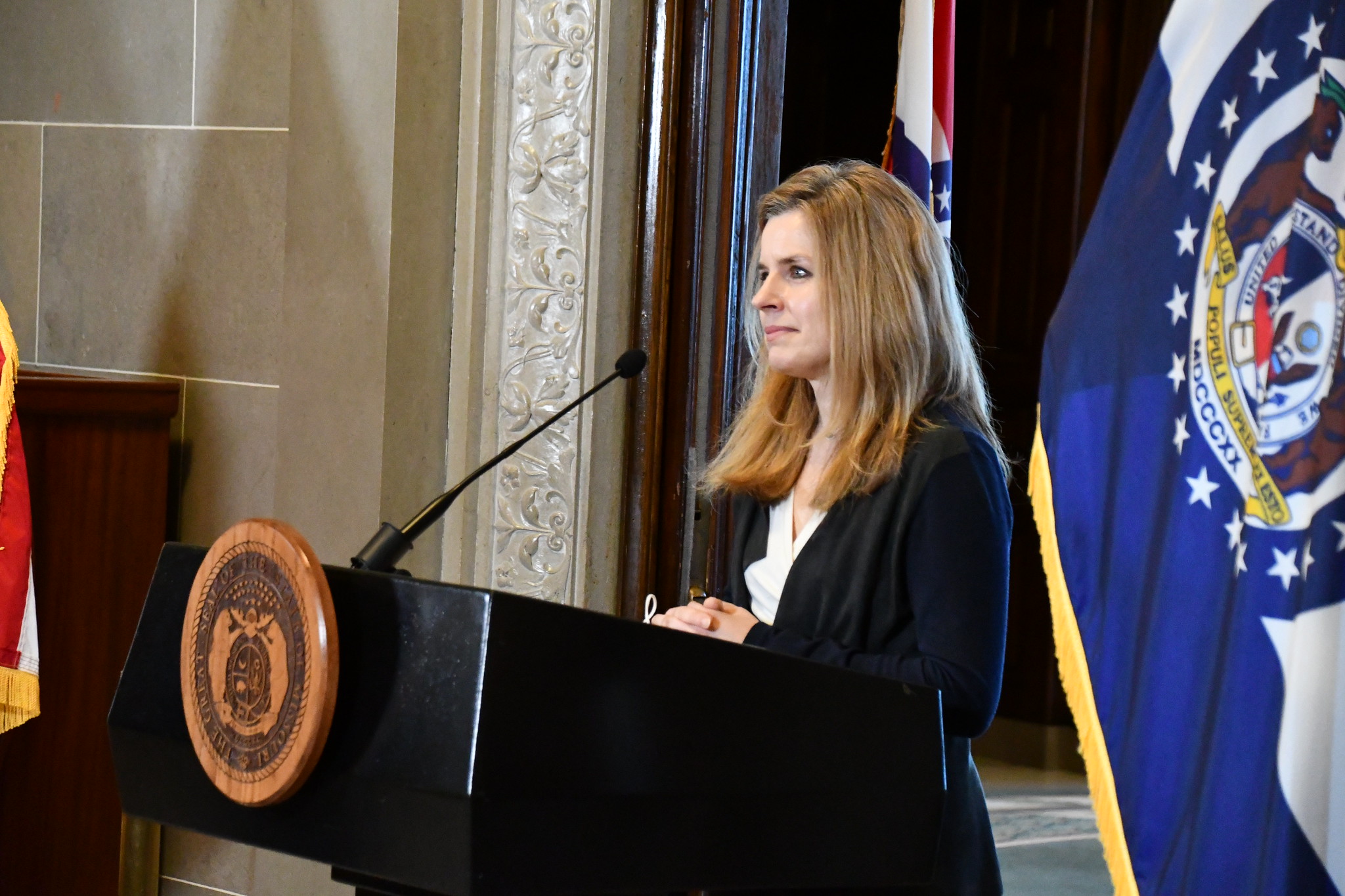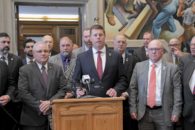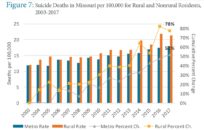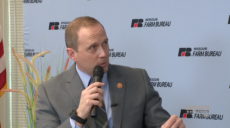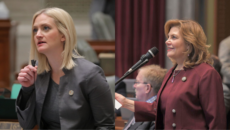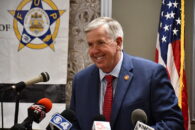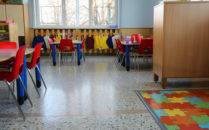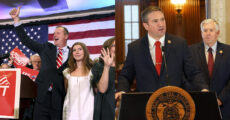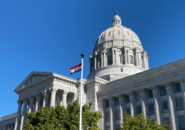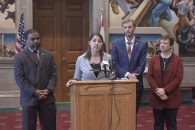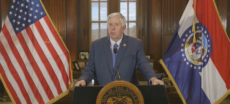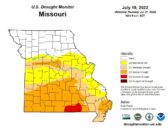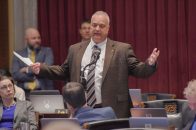JEFFERSON CITY, Mo. — Missouri’s guidance on school quarantine procedures is changing — as far as schools with mask mandates are concerned.
Under the new guidelines, students and staff at schools with a mask mandate who adhere to masking recommendations may be prevented from being identified as “close contacts” if they have been exposed to another individual who tests positive for COVID-19 and was also properly masked. Close contacts are required to quarantine under current guidelines, leading to a large number of students and staff moving to remote work.
Dr. Rachel Orscheln, associate professor of pediatrics in the Division of Infectious Diseases at Washington University and St. Louis Children’s Hospital, said the amended recommendation was based on ongoing conversations with education and health officials.
“Given the high rates of COVID-19 in our communities, it is inevitable that some children and adolescents will test positive,” Orscheln told reporters Thursday. “We also know that some of these children will likely, at some point in their illness, be at school. However, we have learned that in schools where students and staff are always wearing masks and practicing physical distancing, this virus does not spread as easily as it does in other places where these strategies are not always used.”
The state will still recommend quarantine for students in close contact with positive cases if their school does not mandate mask use or individuals were not wearing their masks properly. Anyone who shows symptoms or tests positive will be required to isolate.
Missouri does not have a statewide mask mandate for schools, although Department of Elementary and Secondary Education (DESE) Commissioner Margie Vandeven said many schools already have such a policy in place.
Current protocols were “not sustainable” and put a strain on students, parents, and educators alike struggling to keep up with changing methods of instruction due to temporary quarantines, Vandeven said.
“Schools and local health officials are encouraged to monitor health data in their schools and alert DESE and DHSS at the first sign there may be a rise in cases due to transmission in schools,” she said. “We want to be sure we’re working with state health leaders to monitor this change in guidance and make any adjustments necessary to keep students and school personnel safe as we move forward.”
Gov. Mike Parson said the change would encourage the use of masks in schools and lighten the burden on both educators and parents.
“Schools that are consistently implementing COVID-19 mitigation strategies remain among the safest places for our students,” Parson said. “We believe this change will lead to more schools encouraging proper mask usage, helping to further protect students and educators from the spread of the virus.”
The move drew the attention of Kansas City mayor Quinton Lucas, who said in a statement that the new guidance would not be recommended for the city.
“Masks continue to be one of the best ways to slow the spread of this virus, and I hope the governor’s acknowledgment of their benefit will encourage more to wear them,” Lucas said. “Still, masks are not a substitute for proper quarantine measures in schools or elsewhere—particularly as we’ve seen a concerning spike in cases over the past several months.”
“As of today, CDC guidance regarding quarantine periods in schools has not changed, even when masks are present at the time of COVID-19 exposure,” he continued. “Kansas City will continue to follow that guidance.”
Missouri National Education Association President Phil Murray also decried the change, calling the new guidance “dangerous” and “indefensible.”
As of Thursday, when the announcement was made, the positivity rate was nearly 41 percent over the past seven days as determined by the state. More than 2,200 people were hospitalized, including 518 in the ICU.
This story has been updated.

Cameron Gerber studied journalism at Lincoln University. Prior to Lincoln, he earned an associate’s degree from State Fair Community College. Cameron is a native of Eldon, Missouri.
Contact Cameron at cameron@themissouritimes.com.

